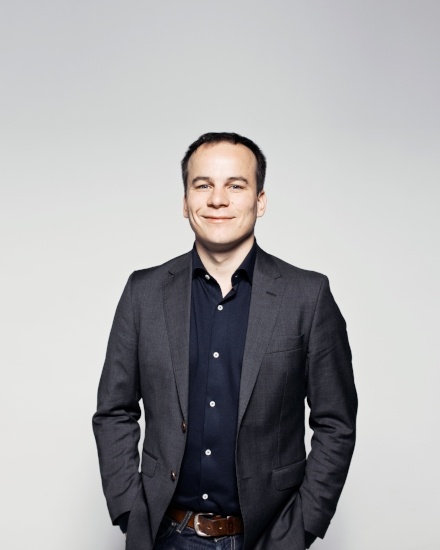The Data Handbook
How to use data to improve your customer journey and get better business outcomes in digital sales. Interviews, use cases, and deep-dives.
Get the book Alma Talent’s CEM 2016 seminar in Helsinki on 27th of October provided a truly holistic overall view to different topics on Customer Experience Management. Here I’ve summarized a few thoughts and findings inspired by the speeches and discussions.
Alma Talent’s CEM 2016 seminar in Helsinki on 27th of October provided a truly holistic overall view to different topics on Customer Experience Management. Here I’ve summarized a few thoughts and findings inspired by the speeches and discussions. A shared consensus of the 4 main topics covering the field of CEM
In the opening presentation Anna Koskelo presented a great deal of hard numbers regarding the importance of Customer Experience Management (CEM) and I'm sure that after her presentation there was no single soul who could have disagreed about the topic’s criticality for business success.
On top of that, I felt that the whole audience commonly considered the following to be the four main building blocks of CEM:
- Creating a clear vision for what the company is trying to accomplish with customer experience
- Lifting customer experience to leadership agenda and encourage the leadership to communicate it through their own behavior
- Building a common understanding of the customer journey as well as roles and responsibilities related to it throughout the organization
- Employee motivation and empowerment are crucial tools for enabling winning customer experienc
- The management of customer experience has been internalized, time to turn the spotlight on strategy
Thus far companies have considered Customer Experience Management mainly as a set of operative procedures. The focus has been on creating and improving individual touch points and journeys without a holistic direction, plan and prioritization.
For example, the customer journey mapping exercise is an outstanding tool for holistically developing the customer experience of an individual product or service. Still, after the company has learned to holistically view the customers' experience related to one or two products or services, it has to raise the game to a higher level:
- What are we trying to achieve with customer experience?
- How to use customer experience as the enabler of business strategy?
- Which particular fields of customer experience management are the most urgent for advancing strategy?
- What are currently the most important journeys and customer related “jobs to be done”, and where to should we extend them in the future?
The speeches of Medilaser's Tiia Rosenlund and F-Secure's Olivier Pierrot radiated the feeling that CEM is in high priority within their companies’ strategic agendas. The other presentations touched the topic here and there, but I was yearning somebody to truly tackle the topic and tell the audience, how a company can in practice define and establish a customer experience strategy. For now, the operative management of customer experience took the center stage.
The Data Handbook
How to use data to improve your customer journey and get better business outcomes in digital sales. Interviews, use cases, and deep-dives.
Get the book



